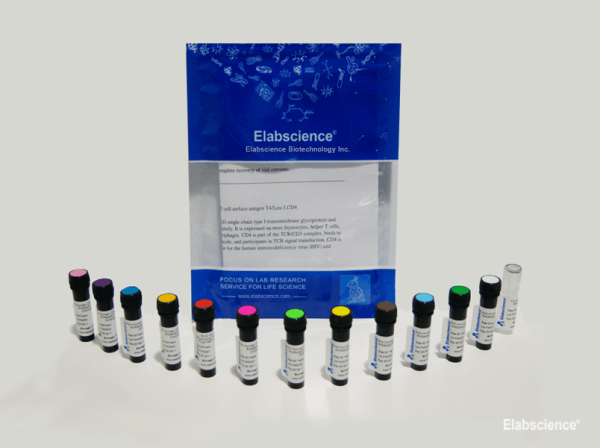Cookie preferences
This website uses cookies, which are necessary for the technical operation of the website and are always set. Other cookies, which increase the comfort when using this website, are used for direct advertising or to facilitate interaction with other websites and social networks, are only set with your consent.
Configuration
Technically required
These cookies are necessary for the basic functions of the shop.
"Allow all cookies" cookie
"Decline all cookies" cookie
CSRF token
Cookie preferences
Currency change
Customer-specific caching
FACT-Finder tracking
Individual prices
Selected shop
Session
Comfort functions
These cookies are used to make the shopping experience even more appealing, for example for the recognition of the visitor.
Note
Show the facebook fanpage in the right blod sidebar
Statistics & Tracking
Affiliate program
Conversion and usertracking via Google Tag Manager
Track device being used
| Item number | Size | Datasheet | Manual | SDS | Delivery time | Quantity | Price |
|---|---|---|---|---|---|---|---|
| E-AB-F1291L.200 | 200 tests | - |
7 - 16 business days* |
273.00€
|
If you have any questions, please use our Contact Form.
You can also order by e-mail: info@biomol.com
Larger quantity required? Request bulk
You can also order by e-mail: info@biomol.com
Larger quantity required? Request bulk
CD36 is a 85 kD glycoprotein, also known as FAT, gpIIIb, or gpIV. It is a member of the class B... more
Product information "Anti-Mouse CD36, Elab Fluor(R) 488 conjugated, clone HM36"
CD36 is a 85 kD glycoprotein, also known as FAT, gpIIIb, or gpIV. It is a member of the class B scavenger receptor family, expressed on platelets, monocytes, macrophages, megakaryocytes, microvasculature, dendritic cells and mammary endothelial cells. The primary ligands for CD36 have been reported to be oxidized low density lipoprotein, anionic phospholipids, and collagens I, IV, and V. CD36 acts as a scavenger receptor thus promoting the removal of apoptotic neutrophils and other apoptotic bodies, as well as clearance of defective erythrocytes. Protein function: Multifunctional glycoprotein that acts as receptor for a broad range of ligands. Ligands can be of proteinaceous nature like thrombospondin, fibronectin, collagen or amyloid-beta as well as of lipidic nature such as oxidized low-density lipoprotein (oxLDL), anionic phospholipids, long-chain fatty acids and bacterial diacylated lipopeptides (PubMed:7685021). They are generally multivalent and can therefore engage multiple receptors simultaneously, the resulting formation of CD36 clusters initiates signal transduction and internalization of receptor-ligand complexes. The dependency on coreceptor signaling is strongly ligand specific. Cellular responses to these ligands are involved in angiogenesis, inflammatory response, fatty acid metabolism, taste and dietary fat processing in the intestine (Probable) (PubMed:19847289, PubMed:20037584, PubMed:23395392). Binds long-chain fatty acids and facilitates their transport into cells, thus participating in muscle lipid utilization, adipose energy storage, and gut fat absorption (PubMed:30605677). Mechanistically, binding of fatty acids activates downstream kinase LYN, which phosphorylates the palmitoyltransferase ZDHHC5 and inactivates it, resulting in the subsequent depalmitoylation of CD36 and caveolar endocytosis. In the small intestine, plays a role in proximal absorption of dietary fatty acid and cholesterol for optimal chylomicron formation, possibly through the activation of MAPK1/3 (ERK1/2) signaling pathway (PubMed:17507371, PubMed:18753675, PubMed:21610069). Involved in oral fat perception and preferences (PubMed:16276419). Detection into the tongue of long-chain fatty acids leads to a rapid and sustained rise in flux and protein content of pancreatobiliary secretions (PubMed:16276419). In taste receptor cells, mediates the induction of an increase in intracellular calcium levels by long-chain fatty acids, leading to the activation of the gustatory neurons in the nucleus of the solitary tract (PubMed:18162488). Important factor in both ventromedial hypothalamus neuronal sensing of long-chain fatty acid and the regulation of energy and glucose homeostasis (PubMed:23557700). Receptor for thrombospondins, THBS1 and THBS2, mediating their antiangiogenic effects (PubMed:15748999). Involved in inducing apoptosis in podocytes in response to elevated free fatty acids, acting together with THBS1 (PubMed:25835637). As a coreceptor for TLR4:TLR6 heterodimer, promotes inflammation in monocytes/macrophages. Upon ligand binding, such as oxLDL or amyloid- beta 42, interacts with the heterodimer TLR4:TLR6, the complex is internalized and triggers inflammatory response, leading to NF-kappa-B- dependent production of CXCL1, CXCL2 and CCL9 cytokines, via MYD88 signaling pathway, and CCL5 cytokine, via TICAM1 signaling pathway, as well as IL1B secretion, through the priming and activation of the NLRP3 inflammasome (PubMed:20037584, PubMed:23812099). Selective and nonredundant sensor of microbial diacylated lipopeptide that signal via TLR2:TLR6 heterodimer, this cluster triggers signaling from the cell surface, leading to the NF-kappa-B-dependent production of TNF, via MYD88 signaling pathway and subsequently is targeted to the Golgi in a lipid-raft dependent pathway (PubMed:15690042, PubMed:19847289). [The UniProt Consortium]
| Keywords: | Anti-Cd36, Anti-GPIV, Anti-CD36, Anti-PAS-4, Anti-GPIIIB, Anti-PAS IV, Anti-Glycoprotein IIIb, Anti-Platelet glycoprotein 4, Anti-Platelet glycoprotein IV, Elab Fluor(R) 488 Anti-Mouse CD36 Antibody[HM36] |
| Supplier: | Elabscience |
| Supplier-Nr: | E-AB-F1291L |
Properties
| Application: | FC, FC (membrane) |
| Antibody Type: | Monoclonal |
| Clone: | HM36 |
| Conjugate: | EF488 |
| Host: | Armenian Hamster |
| Species reactivity: | mouse |
Database Information
| KEGG ID : | K06259 | Matching products |
| UniProt ID : | Q08857 | Matching products |
| Gene ID | GeneID 12491 | Matching products |
Handling & Safety
| Storage: | +4°C |
| Shipping: | +4°C (International: +4°C) |
Caution
Our products are for laboratory research use only: Not for administration to humans!
Our products are for laboratory research use only: Not for administration to humans!
Information about the product reference will follow.
more
You will get a certificate here
Viewed






